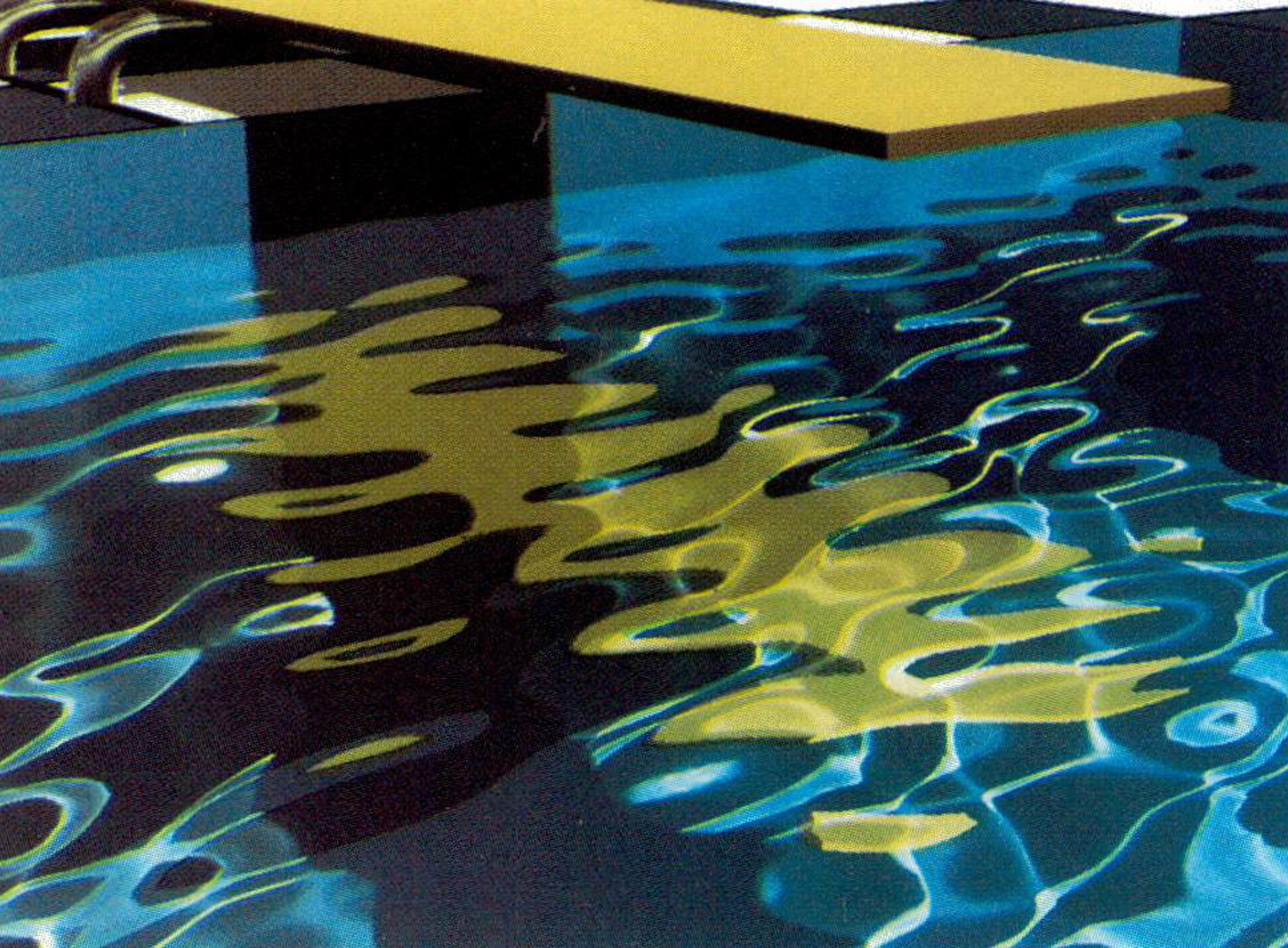“Light-water interaction using backward beam tracing” by Watt
Conference:
Type(s):
Title:
- Light-water interaction using backward beam tracing
Session/Category Title: Pools, Puddles, Stones, Waterfalls and Fire
Presenter(s)/Author(s):
Moderator(s):
Abstract:
A new two pass approach is presented based on a variation of backward ray tracing backward beam tracing. Advantages include its capability of rendering complex, hitherto unattainable, specular to diffuse phenomenon and its easy insertion into standard renderers. The algorithm is applied to aspects of the interaction of light with water. Within this context a variety of first generation effects, including shadowing and light scattering, are both rendered and animated. Results taken from the treatment of caustics within classical optics are included as they provide valuable insights into the precise nature of specular to diffuse transfer.
References:
1. Adler, Cyrus. Shadow-sausage effect. American journal of physics, Vol. 35, No. 8, (August 1967), 774-776.
2. Arvo, James. Backward ray tracing. Developments in ray tracing, siggraph course notes, Vol. 12. (August 1986).
3. Berry & Upstill. Catastrophe optics : morphologies of caustics and their diffraction patterns. Progress in optics, Emil Wolf ed., Elsevier North-Holland, Vol. 18, (1980).
4. Berry & Hajnal. The shadows of floating objects and dissipating vortices. Optica Acta, Vol. 30, No. 1, (January 1983), 23-40.
5. Born & Wolf. Principles of optics, Pergamon Press, (1964).
6. Chattopadhyay & Fujimoto. Bi-directional ray tracing. Computer graphics ~ proceedings of CG International 1987, Tosiyasu Ktmii ed., Springer Verlag, Tokyo, (1987), 335-343.
7. Glassner, Andrew S. An overview of ray tracing. An introduction to ray tracing, An&ew Glassner ed., Academic Press, (1989), 1-31.
8. Heckbert & Hanrahan. Beam tracing polygonal objects. Computer graphics, Vol. 18, No. 3, (July 1984), 119-127.
9. Hockney, David. Portrait of an artist ( pool with two figures ). {painting} (1971).
10. ImsneL Cohen, & Greenberg. A radiosity method for nondiffuse environments. Computer graphics, Vol. 20, No. 4, (August 1986), 133-142.
11. Kajiya, James T. The rendering equation. Computer graphics, Vol. 20, No. 4, (August 1986), 143-150.
12. Max, Nelson L. Vcctorizcd procedural models for natural terrain : waves and islands in the sunset. Computer graphics, Vol. 15, No. 3, (August 1981), 317-324.
13. Nishita, Miyawaki & Nakamae. A shading model for atmospheric scattering considering luminous intensity distribution of light sources. Computer graphics, Vol. 21, No. 4, (July 1987), 303-308.
14. Shao, Peng, & Liang. A new radiosity approach by procedural refinements for realistic image synthesis. Computer graphics, Vol. 22, No. 4, (August 1988), 93-101.
15. Siegel & Howell. Thermal radiation heat transfer, second edition, Mcgraw-Hill, (1981), 142-145.
16. Sillione & Puech. A general two pass method integrating specular and diffuse reflection. Computer graphics, Vol. 23, No. 3, (July 1989), 335-344.
17. Wallace, Cohen. & Greenberg. A two-pass solution to the rendering equation” a synthesis of ray-tracing and radiosity methods. Computer graphics, Vol. 21, No. 4, (July 1987), 311-320.
18. Ward, Rubinstein, & Clear. A ray tracing solution for diffuse interreflection. Computer graphics, Vol. 22, No. 4, (August 1988), 85-92.
19. Watt, Alan & Watt, Mark. Advanced rendering and animation techniques” theory and practice. Addison- Wesley. To be published Autumn 1990.
20. Zhu, Peng & Liang. PERIS : a programming environment for realistic image synthesis, computers and graphics, Vol. 12, No. 3/4, (1988), 299-307.





